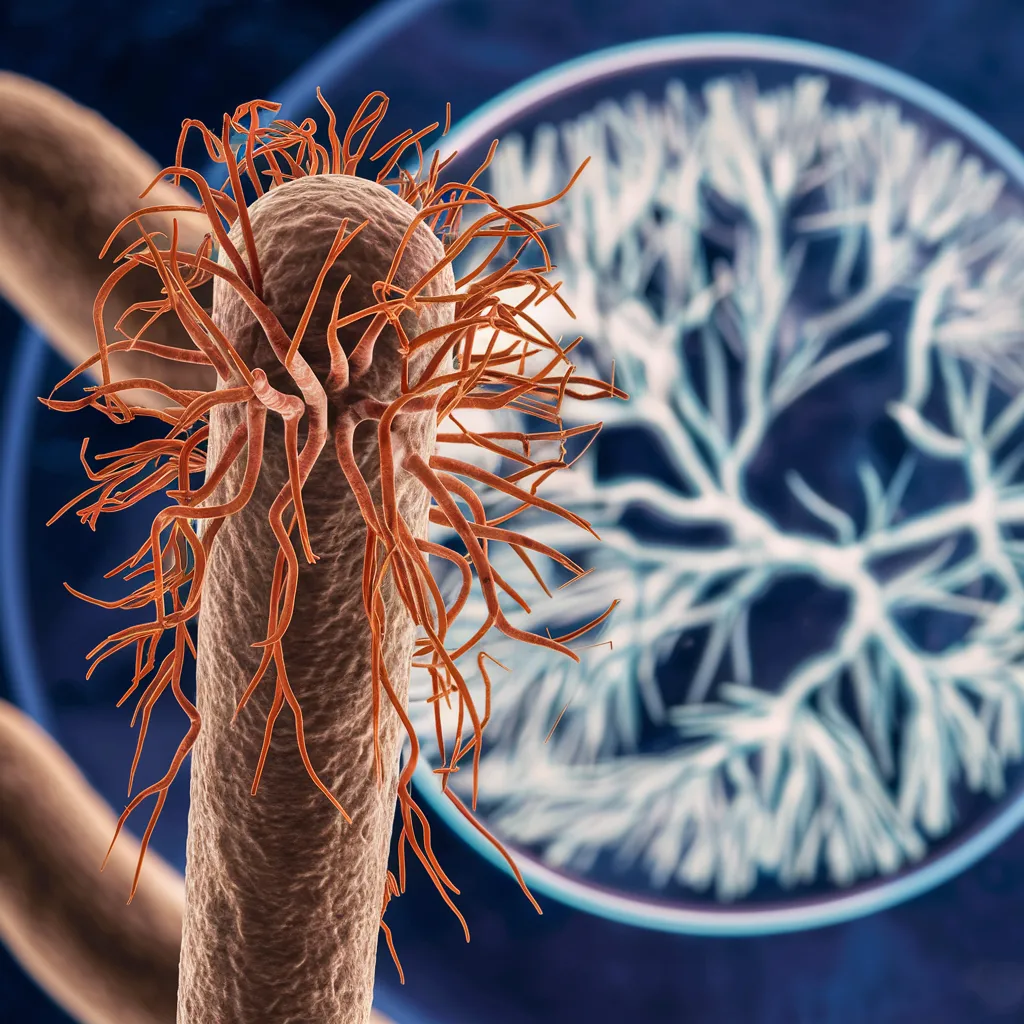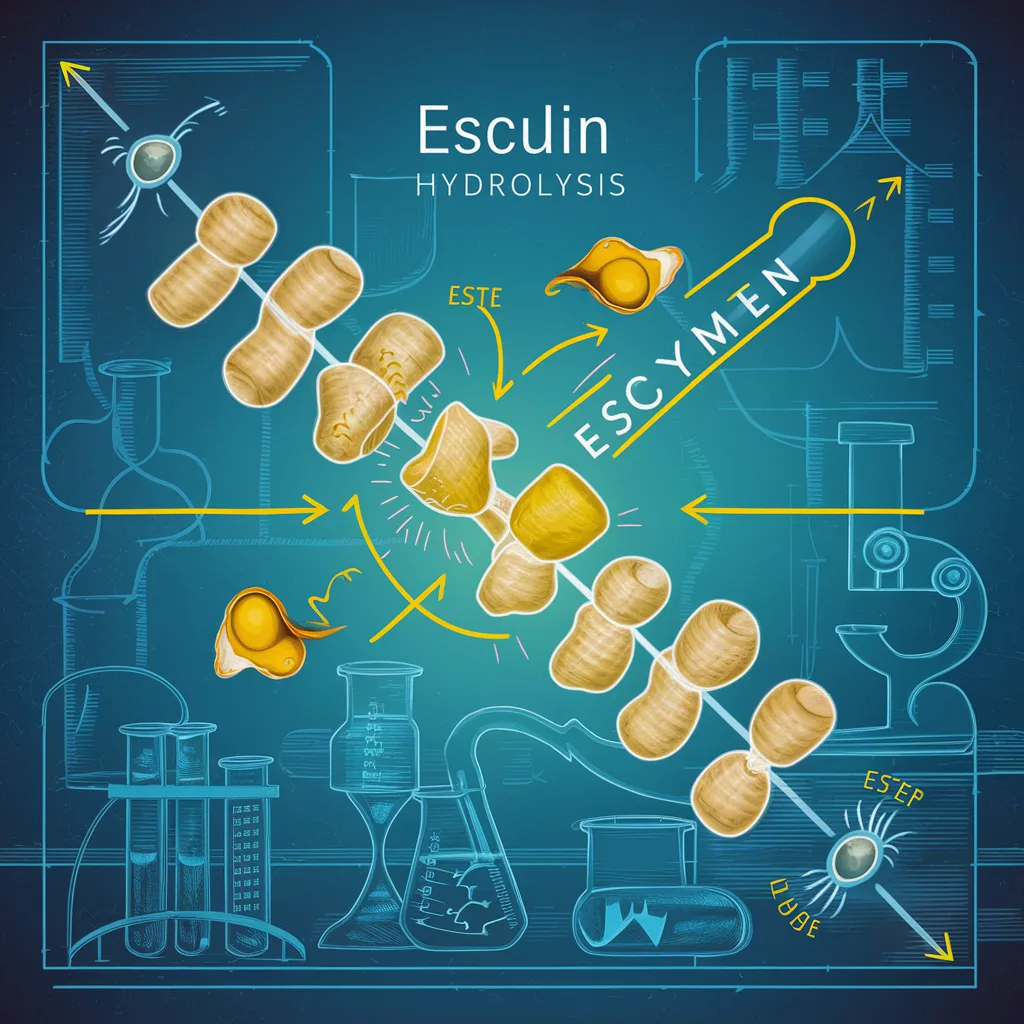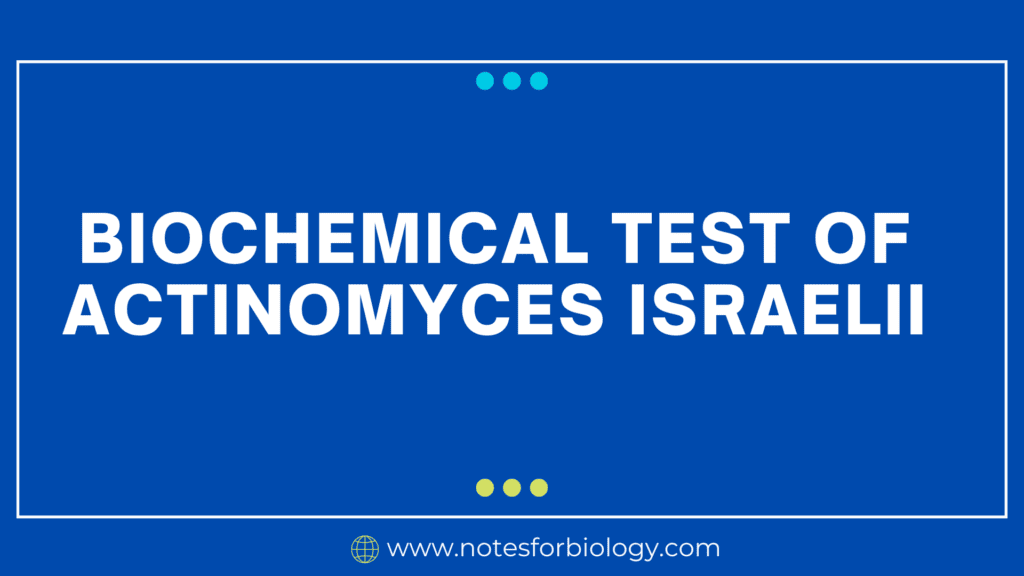Actinomyces israelii

Actinomyces israelii is a species of Actinomyces, which are filamentous, anaerobic bacteria commonly found in the oral cavity, gastrointestinal tract, and female genital tract. Actinomyces israelii is the most common species associated with human actinomycosis, a rare and chronic bacterial infection that can affect various parts of the body, particularly the head and neck region, chest, abdomen, and pelvis.
Actinomycosis typically presents as slowly progressing abscesses or inflammatory masses, often forming draining sinus tracts that may contain yellowish sulfur granules. These granules are composed of bacteria and inflammatory debris. While actinomycosis is not highly contagious, it can be challenging to diagnose due to its nonspecific symptoms and slow progression. Treatment usually involves prolonged courses of antibiotics, often in combination with surgical drainage or excision of infected tissue.
Table of Contents
Characteristics
Like other members of the Actinomyces genus, It has a number of important traits.
Morphology
Actinomyces is a non-spore-forming Gram-positive bacteria. Under a microscope, it resembles branching, filamentous formations that are similar to fungi, which is why it was first mistakenly classified as one.
Anaerobic Growth
Actinomyces israelii is anaerobic, which means that it does well in oxygen-free settings. It is also capable of growing in microaerophilic environments.
Colonization
The commensal bacteria Actinomyces israelii is frequently detected in the mucosal membranes of the female vaginal tract, gastrointestinal tract, and oral cavity. In these places, it is a natural component of the flora.
Pathogenicity
It is normally commensal, but in some situations, it can turn pathogenic. Actinomyces species can infiltrate surrounding tissues when mucosal barriers are breached as a result of trauma, surgery, or other events. This can result in actinomycosis, a persistent infection that can occasionally become invasive.
Relationship with Actinomycosis
While other Actinomyces species may possibly be responsible for this infection, Actinomyces israelii is the most often linked species in human actinomycosis cases. Actinomycosis usually manifests as inflammatory masses or abscesses that gradually worsen, often accompanied by sinus tract development that contains sulphur granules.
Treatment
Antibiotics, especially penicillin or other beta-lactam antibiotics, are usually used to treat Actinomyces israelii infections. Because the bacteria develop slowly and form thick colonies, in certain circumstances a longer course of treatment may be required.
It is essential to comprehend the traits of Actinomyces israelii in order to diagnose and treat actinomycosis, an uncommon but potentially dangerous infection.
Biochemical Test

Similar to other Actinomyces genus members, Actinomyces israelii can be identified using a variety of biochemical assays. But because it grows slowly and is meticulous, conventional biochemical testing techniques might not always be accurate or useful. However, a few typical biochemical assays for identification are as follows:
Catalase Test
Testing for the presence of the enzyme catalase, which catalyzes the conversion of hydrogen peroxide into water and oxygen, Actinomyces israelii is usually catalase-negative.
Indole Production
Actinomyces israelii typically does not create indole from tryptophan, as it is indole-negative.
Esculin Hydrolysis

Actinomyces israelii is often negative for the hydrolysis of esculin. The capacity of the bacterium to hydrolyze esculin to esculetin and glucose is what determines the hydrolysis of esculin.
Carbohydrate Fermentation
The fermentation of carbohydrates, such as glucose, is typically not carried out by Actinomyces israelii.
Nitrate Reduction
It does not convert nitrate to nitrite or nitrogen gas; instead, it is typically negative for nitrate reduction.
Growth Characteristics
It grows slowly and needs enriched media, which are frequently anaerobic or microaerophilic environments with low oxygen levels.
It’s crucial to remember that, even though these biochemical tests can offer some insight into Actinomyces identification, molecular techniques like polymerase chain reaction (PCR) and sequencing are becoming more and more crucial for precise and timely identification of bacterial species, particularly in clinical settings. Furthermore, rather than relying just on biochemical tests, the diagnosis of actinomycosis frequently involves clinical presentation, imaging studies, and microscopic examination of specimens.
Frequently Asked Questions(FAQ)
What do you mean by Colonization characteristics?
The commensal bacteria Actinomyces israelii is frequently detected in the mucosal membranes of the female vaginal tract, gastrointestinal tract, and oral cavity. In these places, it is a natural component of the flora.
What do you mean by Actinomyces israelii ?
Actinomyces israelii is a species of Actinomyces, which are filamentous, anaerobic bacteria commonly found in the oral cavity, gastrointestinal tract, and female genital tract.
Related Articles

